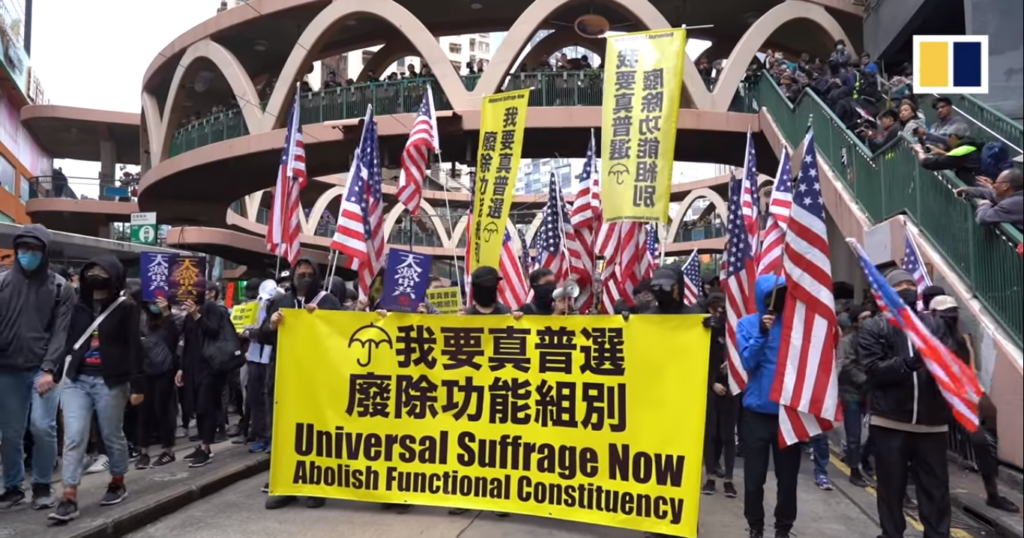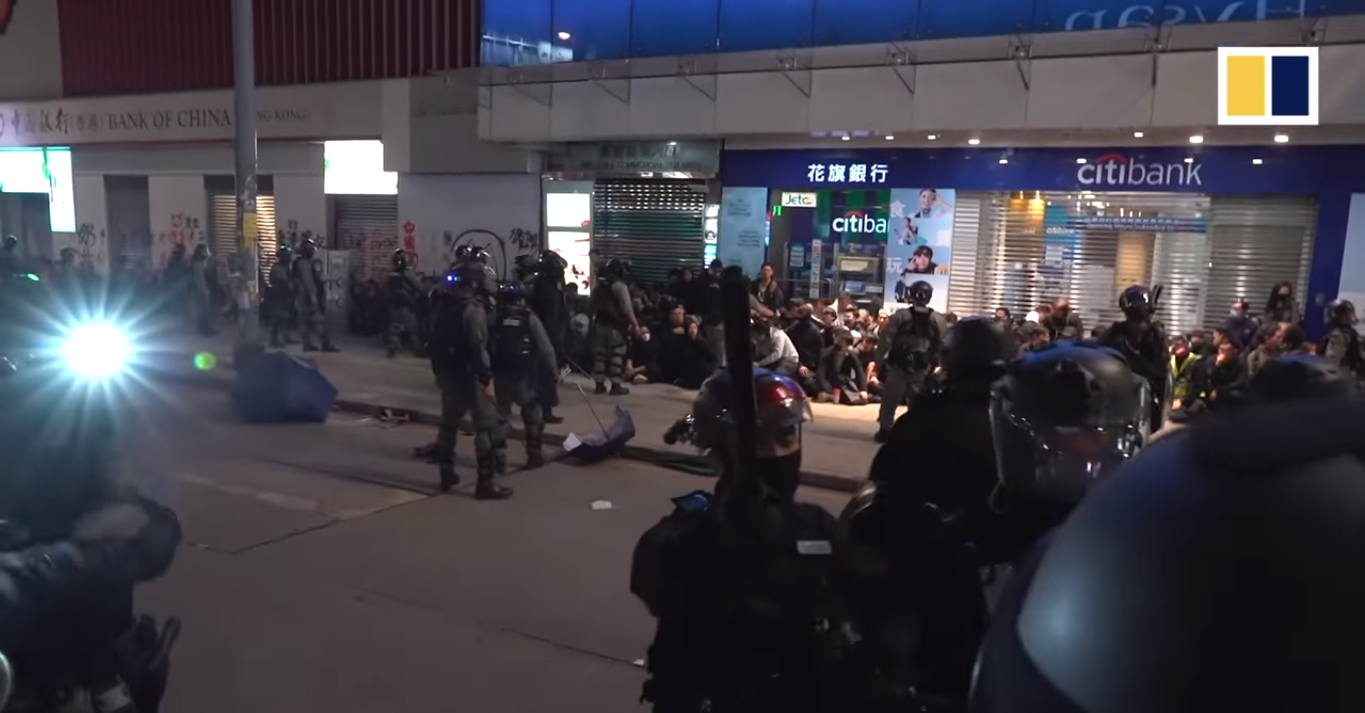The citizens of Hong Kong remain concerned regarding the removal of their civil liberties within their country. After weeks of relative calm, on Wednesday Dec. 31, the planned peaceful New Year’s Day march turned to violence within hours.
It was the second large-scale demonstration that the police authorized. Thousands of people had begun the day marching at Victoria Park in a protest named “Stand Shoulder to Shoulder.” They chanted “five demands, not one less” and “liberate Hong Kong, revolution of our times.”
They want the Carrie Lam administration to accept their demands; the biggest being an independent probe into police actions and universal suffrage. Hong Kong used to be a British colony that was promised different freedoms from the rest of China, though Britain returned the city to China in 1997.
The Civil Human Rights Front (CHRF), the event’s organizer, said over a million people had marched. The police estimate was lower, suggesting only 60,560 people had marched, causing official numbers to be unknown. Hours after it began, the police rescinded their permission, saying “thugs” had thrown bricks and petrol bombs, set fires, damaged banks and shops during the demonstration.
At least five people were arrested for vandalizing both a glass door and ATMs at two branches of Hong Kong and Shanghai Banking Corporation (HSBC), a large pro-China bank in the city. It had recently shut down the Spark Alliance’s $70 million account.
The CHRF told Radio Television Hong Kong (RTHK) that they condemned the officers for “forcing” them to end the march, saying that the police were “full of lies” about what was happening and, “aim to separate Hong Kongers.” They say that after police arrested people “it was quite peaceful,” until they say the officers “simultaneously deployed tear gas.”
Related Articles
- Hong Kong in a State of Political Unrest
Bangtan Sonyeondan (BTS) [방탄소년단] Melon Music Awards 2019 Review

They called the police’s decision “absurd” and accused them of escalating tensions by firing tear gas at the crowd. Protesters built barricades out of umbrellas and stones as the riot police shot water cannons and pepper spray. CHRF made a statement that until the protesters’ demands were met, “Hong Kongers shall not back down, and peace shall not resume with ongoing police brutality.”
Once night fell, protesters built more barricades, lit fires and fought the riot police. Several dozen people were arrested by the police in the Causeway Bay area; witnesses had said some of the people were just bystanders.
The world watches, wondering if the protesters have the strength to continue against their government which still says it won’t concede to the demands for democracy. It also wonders if Hong Kong itself can survive.
In November 2019, Hong Kong voted in electing pro-democracy politicians in a show of support for the protests. It was a strong rebuke to Communist Party officials in China. The vote caused the long period of calm.
In a media briefing, Senior Police Superintendent Ng Lok-Chun stated that about 400 people had been arrested. Their charges included taking part in an illegal assembly and possessing weapons. He said the police had revoked the march’s permission because some protesters had “hijacked the procession” and “threw a petrol bomb at an officer.” He also stated, “the police were reluctant to terminate the march.”
This march intended to enlarge the movement’s scope, calling on people to both join labor unions and plan ahead for future strikes, as well as for educators who have links to the movement to resist in the face of adversity.
Hong Kong’s chief executive, Carrie Lam, has attempted to calm the protest to please her superiors in Beijing. On New Year’s Eve, Lam addressed Hong Kong in a video message.
“Let’s start 2020 with a new resolution, to restore order and harmony in society. So we can begin again, together,” she said. “We must handle the problems at hand and acknowledge the shortcomings in our systems as well as the deep-rooted problems and conflicts that have been accumulating for many years in our society.”
LeAnne McPherson
Multimedia Specialist


